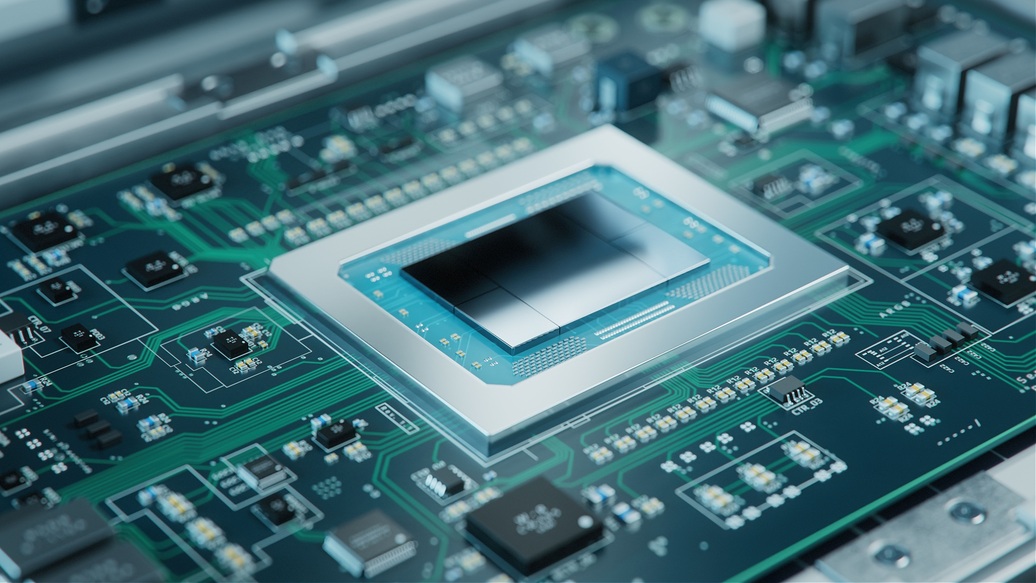Standard Machines, Standard Design

In electronics manufacturing, we strive to use the latest and most advanced equipment for our production lines. We seek a balance between the best machines and their optimum price. However, changing machine vendors is not easy. Often, personnel are trained for a specific platform, and introducing a different type of machine can disrupt the production flow. In addition to the lack of experience, the availability of free spare parts also plays a role. The cost of preventive and corrective maintenance is lower when using the same type of machines.
If all the pick-and-place machines on the site are made by the same vendor, it might be possible to keep one piece of each commonly used part in stock as spare parts. For instance, having one conveyor motor as a spare part would be sufficient. However, if the machines are different, the spare parts inventory will increase.
When a Siemens type Programmable Logic Controller (PLC) is the only accepted option at a production site, over time, several automation engineers will become proficient in programming it. This reduces breakdown time and maintenance costs. Most of the time, the accepted machine types are described in an internal standard document that the worldwide organization follows. Companies are cautious about purchasing new machines without good reason. I recall a situation when someone ordered conveyors for the SMT line that had a different color than the rest of the machines, and it caused quite a drama. The goal is to have the same type of production equipment throughout the entire organization. This brings numerous advantages, from the quotation phase to machine utilization. An electronics manufacturing site with identical SMT lines will have high Overall Equipment Efficiency (OEE), and there will be no reason to worry about efficiency issues. However, the biggest factor that can disrupt this harmony is THE PRODUCT itself. An unoptimized panel design, missing fiducials, or unbalanced top and bottom distribution can destroy production efficiency. The balance is lost when we fail to check the product design before accepting it.
My grandfather was a wood craftsman who would take a piece of wood and envision how he would work with it. When thinking about manufacturing, he would decide how the product would look, aiming to create something useful without wasting materials. This is the ultimate design for the manufacturing approach.

During PCB layout design, it is important to consider manufacturing challenges. We encourage everyone to visit an electronics manufacturing site and speak with process experts. I suggest visiting an SMT production facility during the summertime, where you will discover the comfort of working in a controlled environment with a temperature of around 23°C (75°F) and 50% relative humidity. Since it’s difficult to remember all the manufacturing rules, we have gathered them for you and implemented them in PCBflow. Here, you can check if the PCB can be produced and assembled with the best quality, or if something needs to be changed in advance. We keep an eye on manufacturing, allowing you to focus on design.
A simple change in your design can have a significant positive impact on your colleagues in production. Standardization in design is equally important as standardization in manufacturing. From component selection to PCB outline, everything can be defined in a standard procedure. Using the same components as in previous projects reduces Bill of Materials (BOM) costs and increases quality. For instance, if we had insufficient solder for one component package and improved the design of the stencil, we can apply this to all future projects. All this knowledge should be preserved within the design tool library, and we can already consider these best practices as another standardization concept.
When this knowledge is not available because we have just started the design activity, PCBflow is an excellent starting point. Here, you can check if the PCB layout adheres to manufacturing guidelines.


